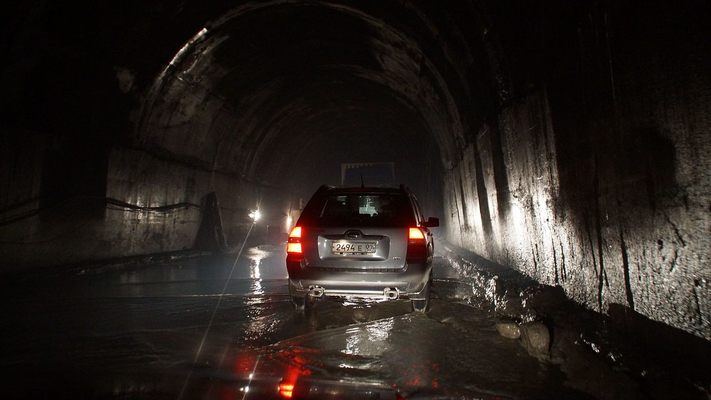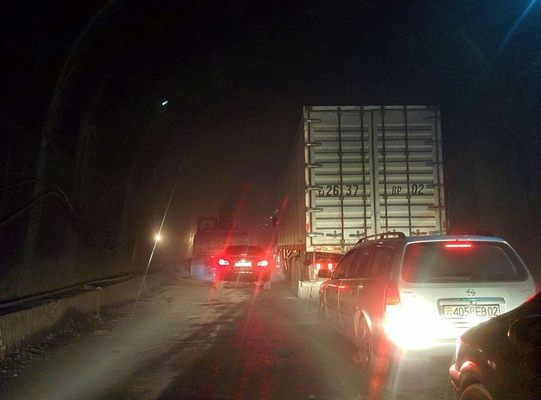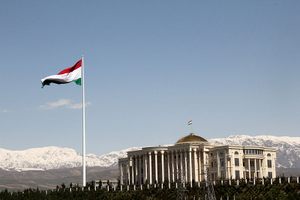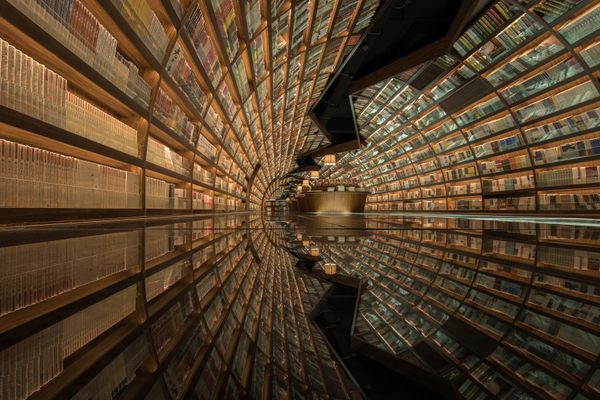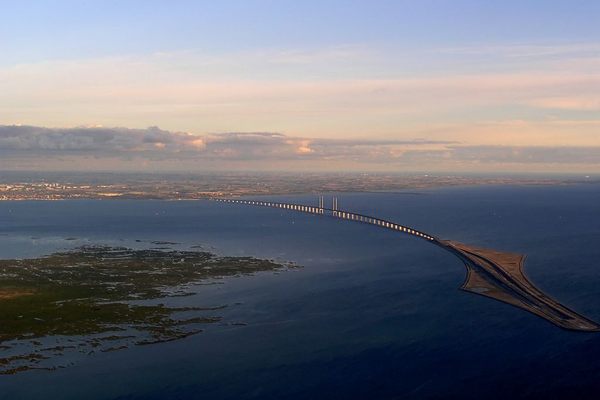About
The purpose of a tunnel is to get you from one place to another, preferably alive. The Anzob Tunnel is making no promises in that regard.
5,040 meters of tunneled asphalt make up the connection between north and south Tajikistan, arguably a step up from the former dirt road that was regularly closed due to frequent, almost year-round avalanches. Called "The Tunnel of Fear" and "The Tunnel of Death" by locals, its importance lies in the fact that, unlike the previous route, it avoids cutting through less-than-friendly Uzbekistan. The construction of this route between major cities Dushanbe and Khujand has allowed commerce to flow with far less interruption, and Tajikistan no longer has to be split in two through the entire winter season.
Sounds fantastic, so what's the problem? It can't be that dangerous, at least not as dangerous as an unfriendly territory or a snowed-in dirt road, right?
Let's start with illumination in the tunnel–there isn't any. Aside from the headlights of your vehicle and those of your fellow tunnel dwellers, there is no lighting to speak of. Not completely unheard of; an inconvenience really--until you realize there are potholes. Not small potholes that give you a little rattle as you truck along, but BIG potholes. Big, axle-snapping potholes that are difficult to see in the dark tunnel, that also happen to be filled with water. Some of them have several feet of water, and are basically small, tunnel ponds.
The tunnel does, theoretically, possess two lanes in the form of two more-or-less separate tunnels through the mountain; however, one of the two tunnels is perpetually closed for repairs, meaning the tunnel is de facto a permanent one-way street. The reality of the tunnel's width, however, is ignored as Chinese 18-wheelers, SUVs and sturdy Soviet Ladas navigate a gut-wrenching obstacle course that includes not only oncoming traffic but also broken-down construction equipment and feet-deep ponds.
Things could be worse, though: you could always break down. There's a few reasons why breaking down in this tunnel would be less than ideal, especially since the odds are so stacked against getting to the other side unscathed. Besides being trapped in a dark, wet tunnel where other cars are careening around you in chaos, the most terrifying reason to want to keep moving is the lack of ventilation.
With one, pathetic fan attempting to push air around, the tunnel is filled with exhaust so thick that visibility is only a few feet. While carbon monoxide poisoning is certain, the amount of time you spend trapped would determine whether that exposure becomes fatal or not. Travelers have reported feeling dizzy, nauseous and ill while passing through the tunnel; reportedly, workers on the tunnel, who are drawn from surrounding villages and rarely possess adequate air filtration systems, have died due to overexposure to the poisonous emissions. But that's it -- if you can survive the traffic, the potholes and the fumes, then you're home free!
Except for the rocks. There is always the occasional falling rock to keep an eye out for.
That's it though. Other than giant, water-filled potholes, no lights, every-man-for-himself navigation, toxic gasses and the sporadic avalanche, the Anzob Tunnel is totally safe.
The tunnel was repaired in the spring and summer of 2015 and is reportedly in much better condition than previously; however, the one-lane-only issue remains. In 2018, the tunnel was just a regular tunnel in Central Asia; for the most part it is lit now, the surface is decent asphalt and there is plenty of room in the "one-lane" for trucks and cars in both directions.
Related Tags
Central Asia Road Trip: Backroads & Bazaars
A 2-Week, 4-Country Odyssey.
Book NowCommunity Contributors
Added By
Published
October 19, 2015
